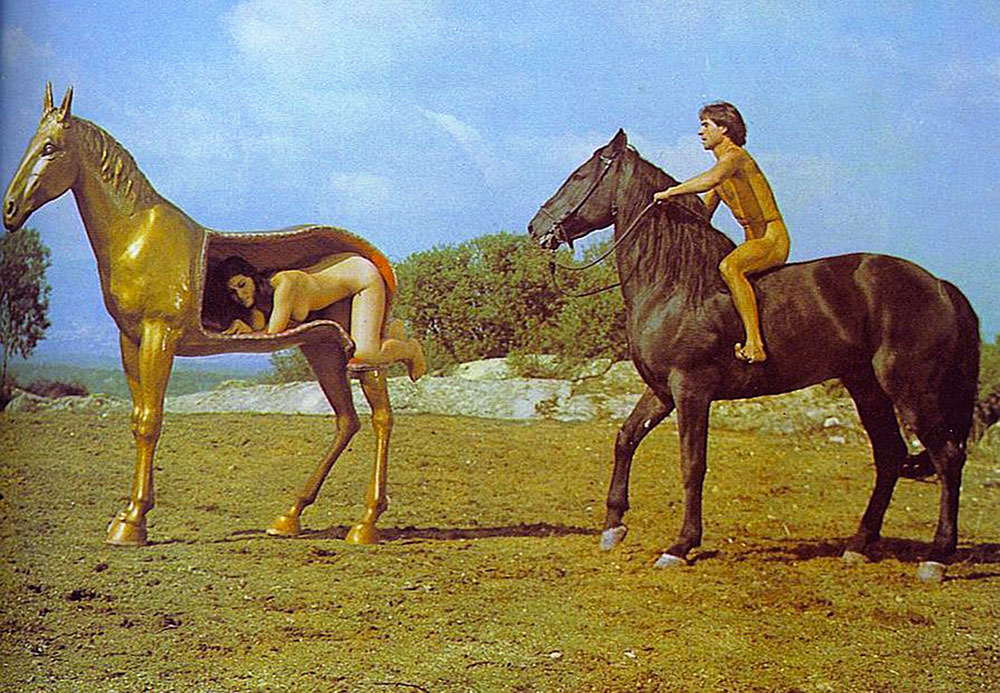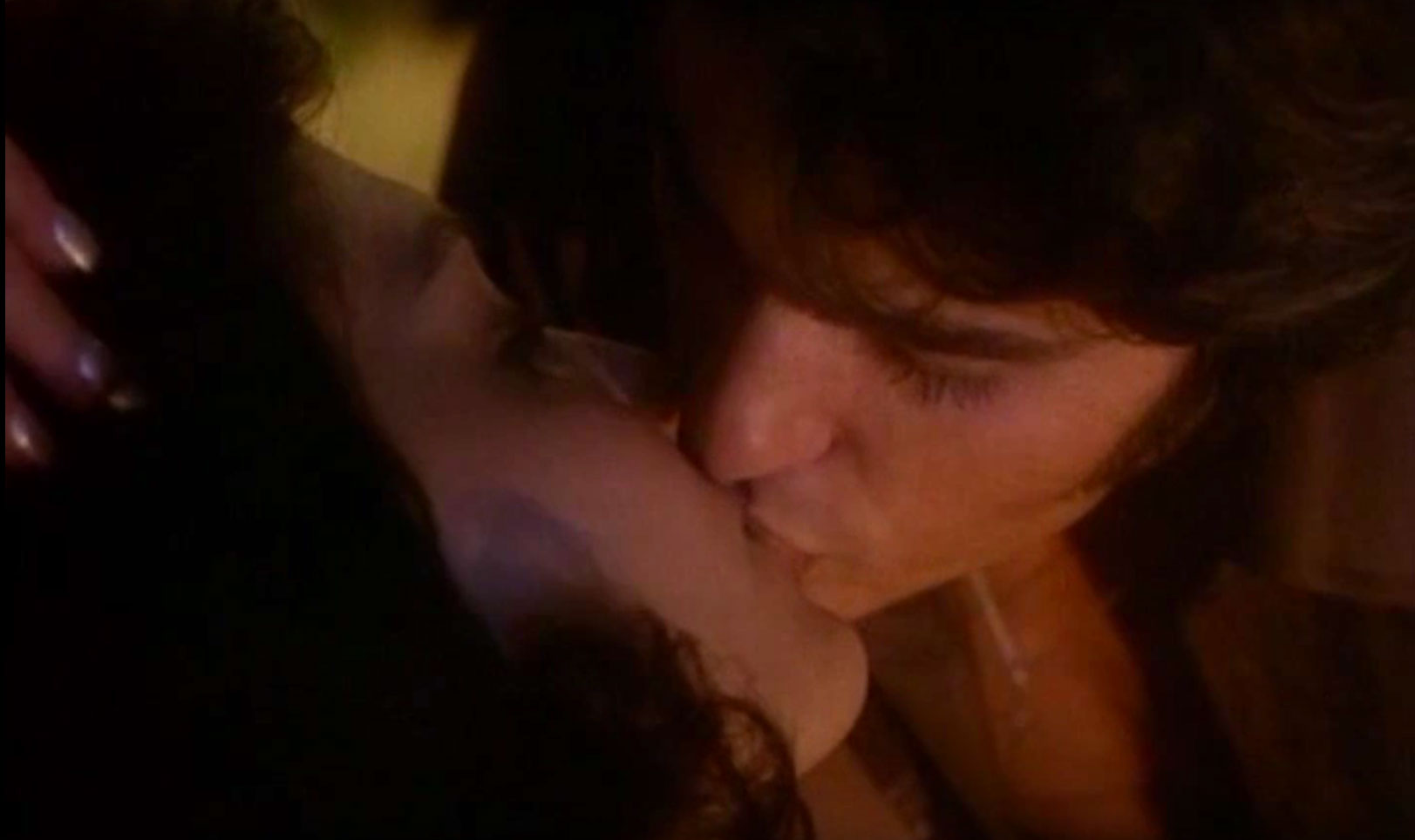The erotic drama filmed in 1978 starts off with the main character in the famous Potro square copying the paintings of Julio Romero de Torres. The guitar of Manolo Sanlúcar plays flawlessly in the background. The plot of the movie is above all set in the narrows streets of the Jewish quarter and the outsides of a Cortijo at slope of the Sierra Morena mountains.
The film was at the time rated as “S”, an erotic genre that includes nudes. The genre could be considered as the next step after the so called “destape”: a series of movies during the late Franco era that dared to address sex and desire in a non conventional manner. The “X” rated movies would come later, but those are plain porn.
This film however had something special. The quality of the plot, the production, its photographic excellence, had turn it into a cult film around the world.
The film was produced by José Frade, directed by José Ramón Larraz and no other than the laureated Fernando Arribas was its cinematographer. The film went unnoticed in Spain but was a tremendous success in the United Kingdom where it was premiered as “The coming of Sin”. In Italy the film went by the title of “Sodomía”.
The plot revolves around a love triangle and, of course, a horse. There is Lorna, an English woman of the upper class in love with painting that lives isolated in a Córdoba Cortijo (villas of the countryside), that welcomes a young gypsy woman named Triana to stay with her for a while. Triana is hunted by nightmares and the fate written in the palm of her hand. In fact the most famous frame of the film depicts a part of one of Triana’s nightmares or wet dreams. The love triangle has its third member in Chico, a young foreman who is content riding a horse naked through the fields.
As for the ending I shall not ruin it for you. The film was shot in Córdoba and even some scenes are of anthropological interest, for instance the flamenco “jaleo” (flamenco party) organized in the Cortijo by the Triana family one afternoon.
The film, whose eroticism seems naive nowadays, was produced not to be a long-lasting object in “S” cinemas. However the quality of its narrative and its photography made it a success throughout time, thus, avoiding oblivion. As of today it is considered a cult fantasy film. It has even been included in Sitges Film Festival’s agenda. Here you can see a trailer:
https://sitgesfilmfestival.com/cat/film?id=10005551
It is not easy to watch the whole film if you haven’t bought it first. There are some scenes that one can find in YouTube but those are certainly not the hottest ones, although there are some interesting ones. There is one scene depicting a flamenco “tablao” and another within the Julio Romero de Torres Museum.

The most famous scene.
The following is a frame of the most disturbing and famous scene of the film. It shows one of young Triana’s wet dreams (or nightmares). This scene may very well be the reason for the film to have been included in Sitges Film Festival.

